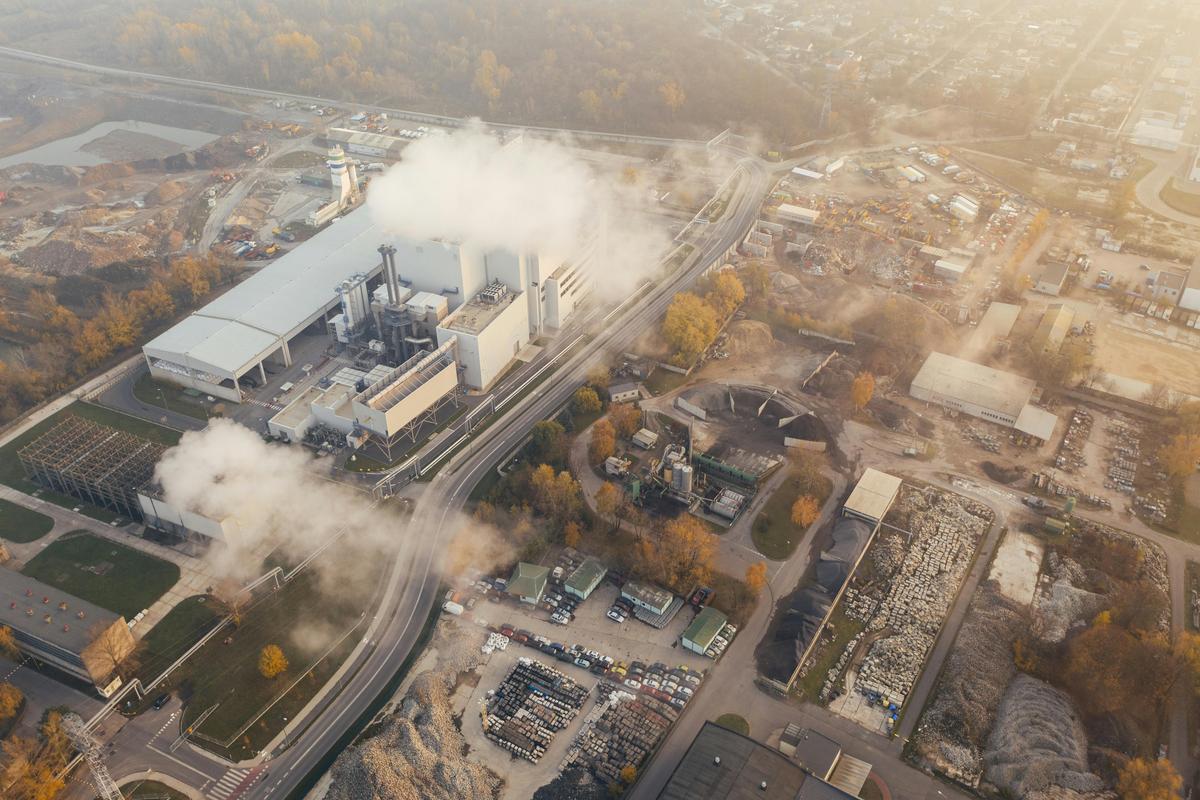The Basics of Vehicle Emissions: What You Need to Know
Vehicles are everywhere in our daily lives, but we often forget about their impact on the environment. The truth is that cars and trucks are the biggest source of air pollution in many areas, spewing out a mix of harmful substances that harm both our health and the planet.
When gasoline and diesel fuel burn, they create a dangerous mix of chemicals, like nitrogen dioxide, carbon monoxide, hydrocarbons, benzene, and formaldehyde. These pollutants don’t just hang around in the air we breathe; they also add to the problem of greenhouse gas emissions, with vehicles responsible for almost one-fifth of all US emissions. In fact, the transportation sector as a whole produces nearly 30% of the nation’s global warming gases, more than almost any other industry.
The good news is that we can all help lessen this environmental impact. Driving the cleanest vehicle you can afford and making smart choices to drive less and more efficiently can make a big difference. Keeping your car well-maintained ensures it runs as smoothly as possible, reducing the harmful byproducts of burning fuel. Gradually accelerating, maintaining a steady speed, and avoiding excessive idling can also help cut down on fuel use and emissions.
In addition to individual actions, new technologies offer promising solutions. Fuel-efficient vehicles and cleaner fuels, like those made from cellulosic biofuels, can significantly reduce emissions. Electric cars and trucks, powered by renewable electricity, produce no emissions at the tailpipe, showing a glimpse of a future where personal transportation is truly sustainable.
By understanding the impact of vehicle emissions and adopting practical, eco-friendly driving habits, we can all contribute to a cleaner, healthier environment for future generations. 1 2
How Vehicle Emissions Contribute to Air Pollution
Vehicles are everywhere in our daily lives, but we often forget about their impact on the environment. The truth is that vehicle emissions play a big role in air pollution, which has serious consequences for our planet.
Just passenger cars alone release a huge 4.6 metric tons of carbon dioxide each year on average. This is mainly because of burning gasoline and diesel, which let out 8,887 and 10,180 grams of carbon dioxide per gallon. In fact, the average passenger car emits about 400 grams of carbon dioxide per mile.
Vehicle emissions don’t just stop at carbon dioxide; they also include methane and nitrous oxide from the tailpipe, as well as hydrofluorocarbons from leaky air conditioners.
While electric and fuel cell cars offer a promising solution, the production and distribution of their fuel sources also have environmental impacts. Nevertheless, these zero-emission options are a big step towards reducing the carbon footprint of personal transportation.
Governments are taking action to tackle this urgent issue. California, for example, has put in place rules to phase out the sale of new internal combustion vehicles by 2035. Cities are also looking into strategies like low-emission zones and increasing the number of electric vehicle charging stations to encourage cleaner transportation.
As individuals, we need to be mindful of our driving habits and consider more sustainable options. By making informed choices and supporting policies that prioritize environmental protection, we can all work together towards a future with cleaner air and a healthier planet. 3 4
The Environmental Impact of Vehicle Emissions: A Closer Look
The transportation sector is a big contributor to the environmental challenges we face today. Accounting for a whopping 28% of total U.S. greenhouse gas emissions, the vehicles we rely on daily play a significant role in climate change. Over the past three decades, emissions from this sector have increased more than any other, showing the urgent need for action.
Cars and trucks are the main culprits, emitting a variety of pollutants that harm both the environment and public health. Transportation is responsible for over half the nitrogen oxides in the air, which contribute to smog. Harmful substances coming out of tailpipes disproportionately affect marginalized communities, worsening existing inequities.
But there is reason for hope. Regulations targeting vehicle emissions have already produced impressive results, expected to reduce 6 billion metric tons of greenhouse gas emissions from recent cars and trucks. Standards for heavy-duty vehicles are projected to cut CO2 emissions by 270 million metric tons, saving over 500 million barrels of oil. The Renewable Fuel Standard program is also helping to diversify our energy sources, reducing our dependence on fossil fuels.
- Greenhouse gas emissions from transportation make up 28% of total U.S. emissions, the biggest contributor.
- Transportation is a major source of nitrogen oxides, particulate matter, and other harmful pollutants.
- Existing regulations have already achieved significant emissions reductions, with more progress on the way.
- Policies and investments to speed up the shift to zero-emission vehicles, especially in overburdened communities, can lead to further improvements.
By using innovation, regulation, and collective action, we can guide the transportation sector towards a cleaner, more sustainable future. The road ahead may be tough, but the potential rewards – a healthier planet and fairer communities – are definitely worth the effort. 5 6
Solutions and Innovations to Reduce Vehicle Emissions Pollution
The issue is made worse by the increasing trade in used vehicles, especially in low- and middle-income countries. From 2015 to 2018, a whopping 14 million used light-duty vehicles were shipped worldwide, with over 80% ending up in developing nations. Surprisingly, many of these countries lack strong policies to control the import of these old, high-emission vehicles. In places like The Gambia, the average age of used vehicles is almost 19 years old, and a quarter of used vehicles sent to Nigeria are nearly two decades old.
The environmental impacts are severe. Vehicle emissions are a major source of fine particulate matter (PM2.5) and nitrogen oxides (NOx), two of the main causes of urban air pollution. This pollution not only damages the environment but also poses a significant risk to public health, with countries like Malawi, Nigeria, Zimbabwe, and Burundi facing alarmingly high road traffic death rates.
Thankfully, there are solutions on the horizon. Fueleconomy.gov’s Find-a-Car tool allows consumers to compare the greenhouse gas emissions of different vehicles, empowering them to make more environmentally friendly choices. Additionally, some regions, like Ghana and the Economic Community of West African States (ECOWAS), have put in place policies to restrict the age and enhance the standards of imported used vehicles. By embracing these innovations and prioritizing sustainable transportation, we can strive towards a cleaner, healthier future for everyone. 7 8
 Photo by Marcin Jozwiak on Pexels
Photo by Marcin Jozwiak on Pexels
References
-
“Reducing Car Pollution” - ecology.wa.gov ↩
-
“Car Emissions Global Warming” - www.ucsusa.org ↩
-
“Greenhouse Gas Emissions Typical Passenger Vehicle” - www.epa.gov ↩
-
“156 Car Emissions Are A Major Source Of Pollution “ - law.lclark.edu ↩
-
“Carbon Pollution Transportation” - www.epa.gov ↩
-
“Cars Trucks Buses And Air Pollution” - www.ucsusa.org ↩
-
“New Un Report Details Environmental Impacts Export Used Vehicles” - www.unep.org ↩

 Photo by
Photo by  Photo by
Photo by